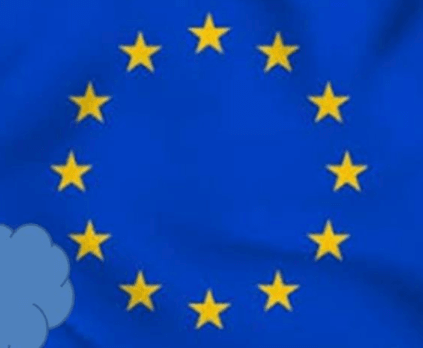Importance of Enforcer in GDPR Readiness Assessment


Whether it is rugby, football, or NFL, majority of sports having involvement of a physical component, comprises of ‘enforcers’. Some sports personalities are considered tough individuals because they have the confidence of breaking up the play and hence, disrupt the opposition. They might utilize physical processes to help out their team through stamping their game authority.
The above entire scenario is pictured with the purpose of pointing journey towards IT compliance. It is important for an industry to enable employees to their work in a correct manner but, practically this single tactic is not enough to fulfill compliance requirements. This entire post is going to illustrate concepts regarding GDPR readiness assessment, which will help in growing business by ensuring cloud computing security.
GDPR Readiness Stages
At the GDPR implementation time, Audit and Rationalize both these stages are categorized under the category of non-intrusive. The respective category does not comprise of expansion of the fact that how individuals operations will affect the existing compliance? The absence of this issue demands an enforce stage, which is the 3rd step of the GDPR compliance procedure. At this stage, analyzing of ‘cloud services and users direct communication’ takes place, and IT firm gets to know about the operations taking place to ensure business data protection.
The audit stage maintains a record of logs, which covers the firewall from organizations to the end users. A light starts shining whenever data flow operation exists between two common entities i.e., an individual and a cloud play service. But in the case of the third stage i.e., Enforce, involvement of inline elements is considered. Suppose a cloud CASB solution is used in a business network then, it will reside in between the user and cloud service. The role of solution is to assist network traffic, which is moving to and from the program.
Importance of Enforce Stage
In GDPR readiness assessment, inline services enable IT organizations to originate an intensive granular picture of operations attempted by employees. Details associated with activity like data uploading, sharing, editing, downloading, etc., could be seen in the log. Considering the rationalization stage then, it simply restricts offending of the cloud services. This stage is assumed as undesirable because the action of blocking may result in the annoying behavior of the employee, leading to a decrease in productivity. Once again, the major role of ‘Enforce’ stage in GDPR readiness assessment comes. It is so because an enforcer will act as a gatekeeper, in fact, more than that. Workstation operations enable admins to monitor cloud data and prevent assessing in cloud services. This thing is totally impossible to meet at the second stage of GDPR readiness. A real-time monitoring system analyzes the type of content, which is included in the activity. Enterprises will be able to adopt correct decision at the correct time to ensure cloud data security in business.
Role of DLP in GDPR Readiness Assessment
Data Loss Prevention techniques act as a data identifier, enabling consumers to make the right decision. These techniques examine active online services and data under the situations where matters are going in contradict way due to the presence of GDPR terms. A proper DLP assists users in determining that whether the online services are using DPA at the correct place or not.
Involvement of DLP solution in GDPR readiness imposes data categorization process to check whether information comprises of gender, DOB, birthplace, etc., or not. On the threat detection, immediate report is created and sent as an alert mail to the administrator. This mail provides the user details who was trying to attempt unauthorized activities with business content. It is compulsory for an organization to implement DLP in their business because this ensures business cloud data security. For example – The data access request is from an unknown individual whose record is not present in DLP. Here, an admin is having complete permission to block the request. Another example could be – suppose geolocation of device is anomalous then, suddenly a red flag initiates. This denotes that a stranger is trying to work with your business vital information from an unknown corner of the world. After this instant alert, it will be the responsibility of admin to decided whether to accept the request or reject it. Well, these security measures reduce the maximum chances for cyber threat occurrence.
Observational Verdict
The role of an enforcer is considered essential in GDPR readiness assessment because it helps in achieving compliance with security. IT security group is having opportunities of preventing sudden data leakage or providing data protection against trending Cyberattacks. Predefined templates given in data loss prevention software might be utilized for the sake of business. At the end, we only want to suggest enterprises that take cloud computing security as a serious concern; otherwise a time may come when you will left as a joke and nothing will be there to improve things back to the existing ones.